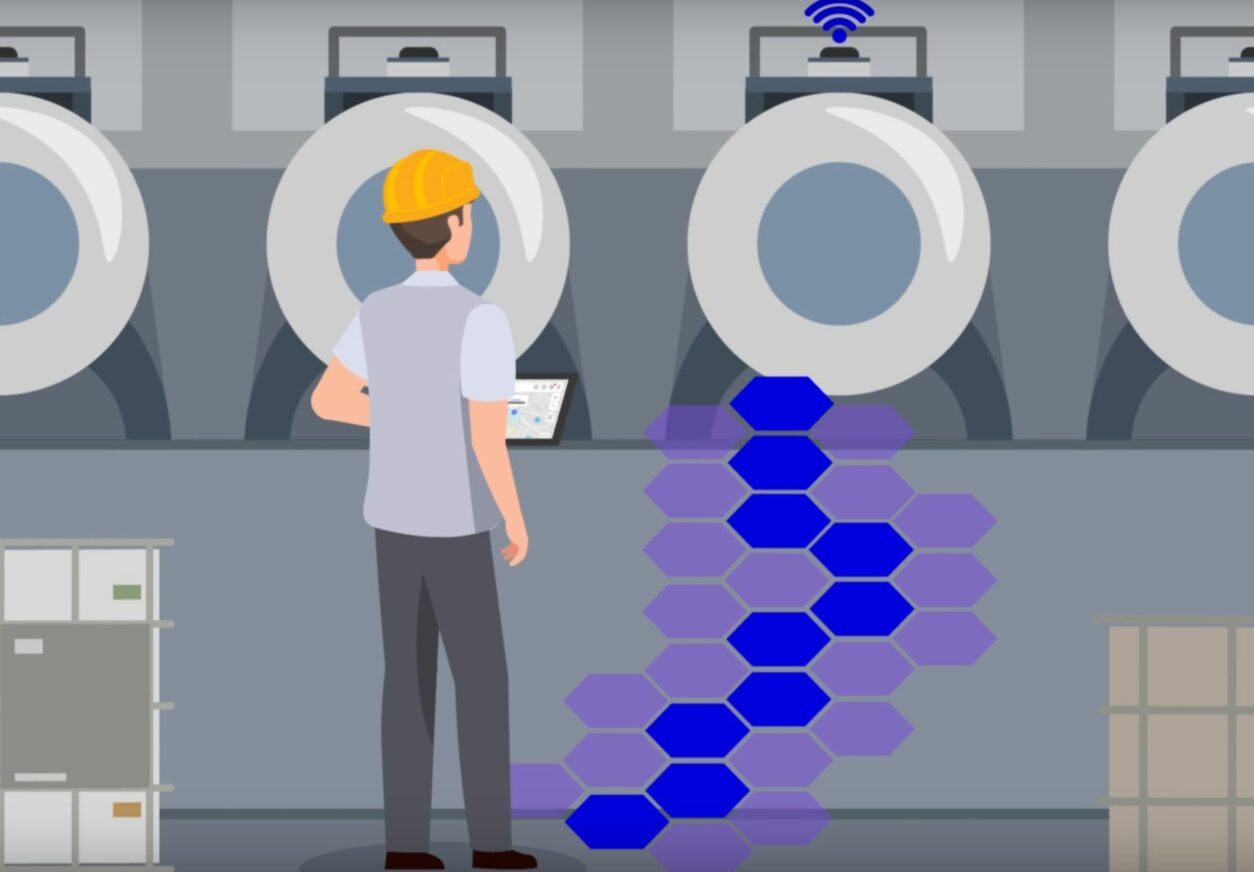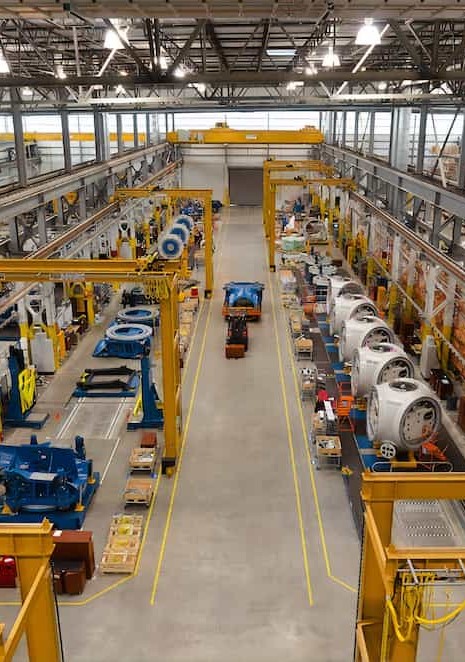What is FMECA ?
FMECA is a process analysis method, whose acronym stands for Failure Mode, Effects and Criticality Analysis. It is a tool for identifying failures, as well as their causes and effects, at all stages of a process at risk, and thus improving its reliability. The FMECA is therefore a tool used in a quality and control approach, and within the framework of operating safety.
This tool is widely used in companies to combat the time lost due to unexpected failures.
What are the different types of FMECA ?
The identification of these failures depends on the stage of the process in which they are found. This is why FMECA is divided into different categories.
There are thus :
- Functional FMECA, which is the analysis of failures and their causes at the design stage.
- Product FMECA, which is the analysis of product failures due to its design, manufacture or operation, to improve its quality and reliability. It also addresses the prevention of problems related to product safety and regulation.
- Process FMECA, which is the analysis of failures in the production methods of a product as well as the procedures implemented to accomplish a task.
- The FMECA Production means, which is the analysis of failures in the production chain and on the machines and equipment involved in the production of a product.
- Flow FMECA, which is the analysis of risks related to supply, reaction and correction time and their costs.
How to integrate the FMECA into the company ?
To integrate the FMECA in companies, it is advisable to follow the following steps :
-
Build the working group and define the study
This step consists of defining the framework of the study, i.e. defining the process studied, in order to analyse it appropriately. The managers are then responsible for defining the objectives.
-
Identify and evaluate the failure modes
The aim of this phase is to list, step by step, all the potential failures that may occur during the execution of the tasks of the process under study. It is also important to identify, for each of these failures, the effects and causes, in order to better limit them. To identify the causes of potential failures, a cause tree can be used, which is a graphical representation of the sequence of events that caused the malfunction.
-
Prioritise failures and look for solutions
This step is crucial because it consists in eliminating or reducing the failures by implementing corrective or preventive actions.
-
Monitor the actions
Finally, the actions to be implemented must be planned and their effectiveness and relevance monitored throughout the project.
How to assess failures ?
To evaluate the failures, there is an evaluation grid, which consists of noting 3 indices. These 3 indices, and their definitions, are as follows:
- Frequency is the probability of the failure occurring over time.
- Severity is the severity of the consequences of the failure.
- Detection depends on the probability of not detecting the failure correctly with the existing or planned means.
Each of these indices is therefore given a score between 1 and 10. This enables the criticality of potential failures to be calculated, as defined below.
How to calculate the criticality score?
To determine the importance of the failure, the criticality must be calculated. This is calculated as follows:
Criticality = Frequency x Severity x Detection
The higher this value is, the greater the default. Companies generally set a criticality score that should not be exceeded.
The criticality thus enables failures to be prioritised and improvement actions to be focused on the highest criticalities.
Finally, if you are looking to optimise your production or improve the overall organisation of your company, the implementation of the FMECA can be very beneficial. If it is well applied, by following the steps mentioned above, this method can be part of a continuous improvement process.
Written by Emma Guignard








